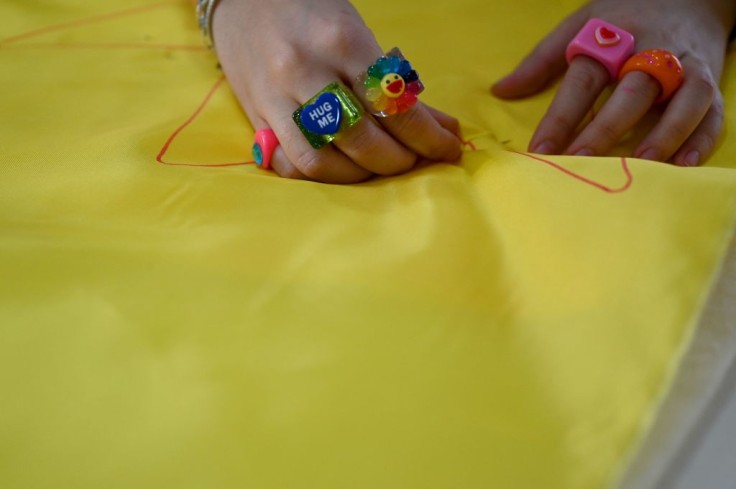
Sewing skills aren't just hobbies for children to develop because learning how to sew is also good for character development and mental growth. This crafting ability brings plenty of benefits or valuable life skills that will pay off in adulthood.
Decades ago, it was required for children to have sewing skills since clothes were sewn mainly by hand. Today, however, due to commercialization and technological advancements, children rarely need to make their own wardrobe, yet there are still real benefits to learning this craft.
Here are some of the ways teaching sewing skills will benefit the children:
1. It enhances hand-eye coordination.
According to Martha Stewart, the task of threading a needle is made for skilled hands, and repeatedly knotting a thread into a needle to use in a fabric can improve hand-eye coordination. Per the experts, developing this physical skill cannot be sped up, but the muscles will have strengthened over time through repeated activities like sewing.
Hand-eye coordination is crucial as it's the core of many other developments in sports (catching a ball), academics (writing, drawing), and other life skills. Children who have poor hand-eye coordination could end up with learning disorders and problems in their professional fields as adults.
2. It develops their creative skills and boosts their mental health.
Developing sewing skills sparks the right side of the brain that controls creativity. It touches on many creative and artistic aspects, such as picking fabrics, patterns, and designs.
When children complete one sewing project, regardless of how simple it is, it gives them a sense of accomplishment that boosts their self-confidence and mental health, per Mood Sewciety. A creative activity like sewing keeps the mind sharper as it helps develop new brain cells and sensory triggers and raises the child's dopamine, the happy hormones.
3. It improves their patients and attention to detail.
A sewing project takes time, especially when it's done by hand. This teaches the kids to develop patience as they learn to follow the patterns and give attention to the details, per Sew Much Fun.
Today's children have many avenues to gain immediate gratification with digital media. Sewing is a good diversion from the gadgets they are constantly exposed to since there are no shortcuts to this activity through a repetitive process. It's vital for kids to develop the patience to pursue bigger goals later in life.
4. It allows them to mend their own clothes.
A child who knows how to sew can mend a missing button, a hole on the arm sleeves, or a slit in their pants with confidence. It's a practical life skill to have for patching holes and mending fabrics. They won't have to be experts at making clothes to know this skill as learning basic stitches techniques will do. However, it could also be a good springboard for other careers like becoming a fashion designer or a tailor.
However, it could also be a good springboard for other careers like becoming a fashion designer, a tailor, or a business owner whose industry involves sewing products like stuffed toys. Other children may also use their sewing skills for good, such as creating personalized gifts for family and friends.
Related Article: Money Troubles: How to Tell Your Kids That Money is Tight
